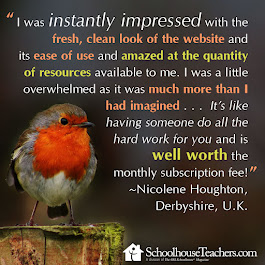The Peace of God Bible
You were made for peace ― and to be a peacemaker.
The story of the Bible is the story of peace―peace with God and with one another.
But peace isn't simply a feeling of calm or ease. It is a way of experiencing life as we were always meant to―in relationship with our Creator and with each other. We can recover a completeness that was once lost but is restored in the gospel.
The Peace of God Bible invites you to experience peace with God as you trace this important theme throughout Scripture. By meditating on it daily as you read 365 devotions and application notes, you will find the encouragement you need to live out of the wholeness you have in Christ―and be equipped to share that peace with others.
Jeremiah Johnston, PhD (General Editor) Bio: Jeremiah J. Johnston, PhD, is an elected member of the preeminent New Testament scholarly guild Studiorum Novi Testamenti Societas (SNTS) and minsters internationally as president of Christian Thinkers Society (www.christianthinkers.com). Jeremiah loves the local church, and also serves as pastor of apologetics and cultural engagement at Prestonwood Baptist Church.
Peace of God Bible features include:
- Book introductions to help reveal the part peace plays in each book of the Bible
- 365 devotionals based on a key verse or passage to guide you in how to receive and live by God's peace
- 365 peace notes offering short, powerful insights to help you understand more deeply the wholeness you have in Christ
- Topical indexes to help you study on your own how God's peace can shape different relationships in your life
- Articles explore what the peace of God is, how to find or recover it, and how to experience eternal salvation because of what God has done for you
- Concise concordance and index of features
- End-of-page translators' notes and cross-references
- Line-matched, double-column typesetting
- Clear and readable 9.5-point NKJV Comfort Print®
My thoughts: Many times I've heard that peace is a theme throughout the Bible, and I know it's true, but seeing the devotionals and Peace Notes on almost every page in the Peace of God Bible really emphasized that truth. Not just in the verses that are very clearly about peace (Psalm 4:8 comes to mind), but in familiar passages that may not explicitly mention peace, such as Psalm 23, and in many passages that we might not associate with teachings about God's peace at all.
This devotional with Psalm 23 highlights just how knowing God as our "Good Shepherd" and understanding that he cares and provides for us leads to our experiencing peace.
I liked the topical index in the back, because it's a quick reference for seeking Scripture and related devotionals when one is needing to overcome worry and anxiety about specific topics.

Purchase your copy of the Peace of God Bible today on Amazon!
It's available in three cover styles: Hardcover

Learn more at PeaceofGodBible.com
As part of this promotion, Momentum is generously allowing me to host this giveaway of one copy of the Peace of God Bible. Please note: This giveaway is open to US only, opens on November 2nd and closes on November 9th. Fill out the entry form here, on my Giveaway Page on A Fresh Cup of Coffee.
©2006-2025 HS Coffee Break. All rights reserved. All text, photographs, artwork, and other content may not be reproduced or transmitted in any form without the written consent of the author. This post was written by a human. http://kympossibleblog.blogspot.com/
This post may contain affiliate links - using affiliate links from HS Coffee Break helps fuel this blog. We are a participant in the Amazon Services LLC Associates Program, an affiliate advertising program designed to provide a means for us to earn fees by linking to Amazon.com and affiliated sites.





























































































